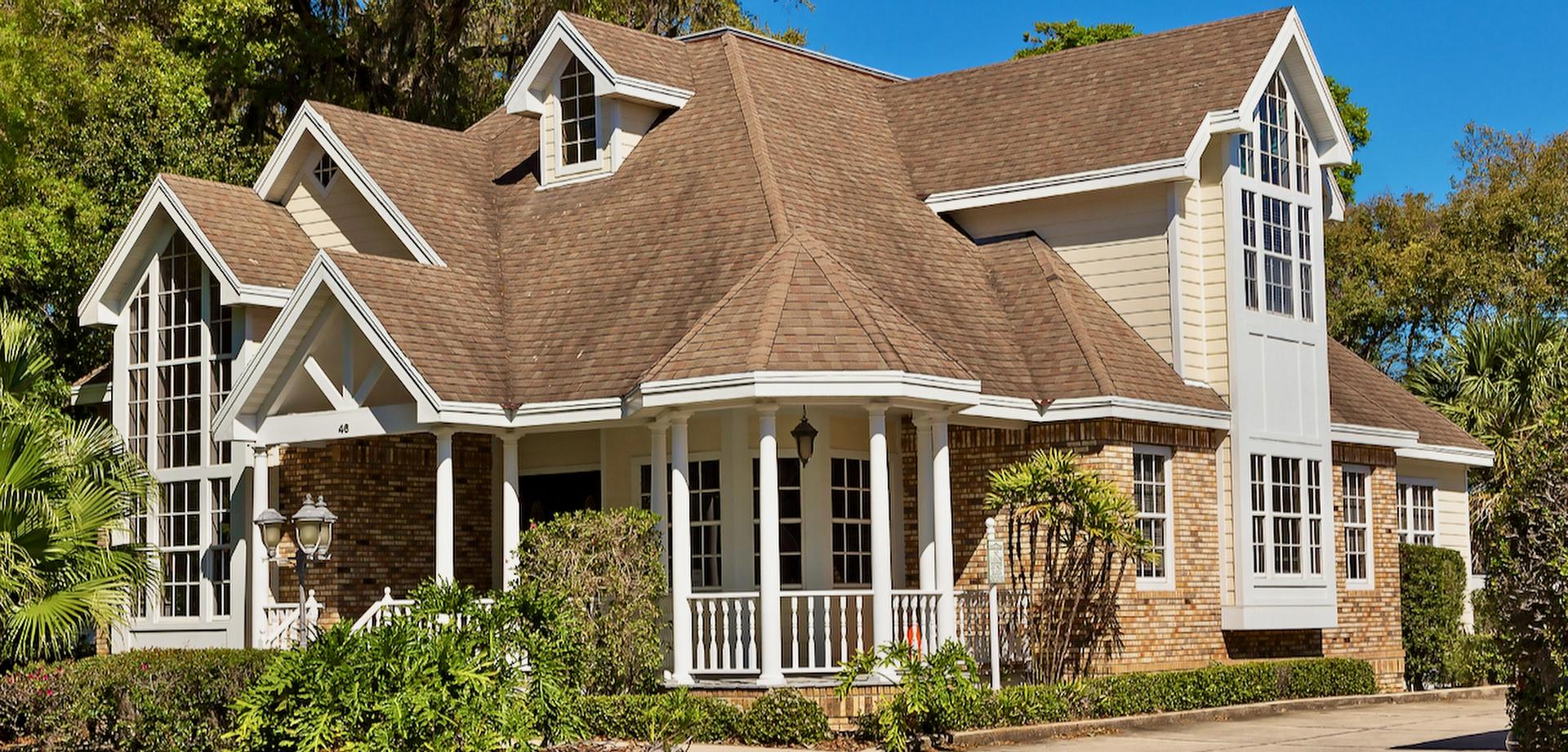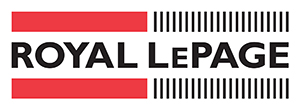Favourite Listing
Sign up for your Client Portal Account
Save your searches and favourite listings.
All fields with an asterisk (*) are mandatory.
Sign up to explore the neighbourhood
All fields with an asterisk (*) are mandatory.
Already have an account?
Sign in hereSign in to your Client Portal
All fields with an asterisk (*) are mandatory.
Sign up for an account
Reset Your Password
Enter your registered email account and we will send you an email containing a link that you can use to reset your password.
Save this search
Save this search
Resend activation email
All fields with an asterisk (*) are mandatory.
Reset Your Password
Please enter and confirm your desired new password.
All fields with an asterisk (*) are mandatory.





Blog

In spring, ants seek to infiltrate our homes
These can sometimes become a persistent problem. To prevent their intrusion, make sure to securely close the trash bins with a tight-fitting lid and store food in airtight containers.
What are the common reasons for their presence?
Food: Whether they are common ants or carpenter ants, these small creatures primarily seek food. Ants are omnivores and are attracted to a variety of foods, including fruits. Sugar is particularly appealing to ants. They may also be drawn to sweet secretions or honeydew produced by aphids.
Small Carcasses: Ants are scavengers, which means they feed on small carcasses. They play an important ecological role by preventing the spread of microbes in the environment.
Proximity to the Nest: Ants prefer spaces close to their nest. The farther they venture, the greater the risks. To discourage them, ensure proper home maintenance and manage trash bins effectively.
In Quebec, two main types of ants can infiltrate our homes:
Common Ants (Field Ants or Pavement Ants):
Small in size and brown or black in color, they are the most widespread but also the least harmful. We often find them between pavement cracks.
Carpenter Ants:
Larger than common ants, they are also prevalent in Quebec.
Typically black, they may also have black and red markings. They seek refuge in damp and decaying wood to build their colonies. Contrary to urban legend, they do not eat wood (they are not termites).
Here are some natural tips to get rid of ants:
Vinegar: Simply spray white vinegar, either pure or diluted with water, at the most frequented ant entry points. If you find them in cabinets or wardrobes, place a small container filled with vinegar there to deter them. Remember to replace the vinegar regularly, as it’s the smell that drives them away.
Lavender: Place lavender branches or small sachets where ants typically go. You can also spray lavender essential oil as a repellent.
Chalk: Create a thick chalk line near areas where ants move, such as windows, doors, and balconies. They won’t enter because the line acts as a barrier.
These natural methods can help keep ants away without resorting to chemicals!

Spring cleaning
4 key considerations when switching to natural cleaning solutions for you home
More and more, people are adopting greener lifestyles, whereby daily choices are made to significantly improve not only personal well-being, but the health of the planet too.
Homeowners are embracing the eco-friendly movement by making conscious decisions about the products they bring into their homes. This includes cleaning supplies, as they are known to contain chemicals that are harmful when ingested, inhaled, or come into contact with our skin.
If you’ve been thinking about switching out commercial cleaning products for a greener cleaning solution, then keep reading. We’ve got you covered with four key considerations when making the move to all-natural cleaning products.
Be sure to read to the end for a comprehensive list of cleaning ingredients you can use if you prefer the DIY route.
1. Harness the power of natural cleaning solutions
Sometimes people are hesitant to switch to natural cleaning products because they’re unsure if they will actually clean or disinfect surfaces. In most situations, natural cleaning products are strong enough to take care of everyday cleaning in your home. If you’re wondering which products are effective, click herefor HGTV’s list of ‘The Best Natural Home Cleaning Products’.
2. Utilize bulk cleaning products
For additional sustainability and to cut down on single-use plastics, consider investing in refillable glass spray bottles to use with a bulk supply of cleaning liquids or tabs. Not only are you saving money, but displaying glass bottles can add to the aesthetic of your home. Many major retailers have several refill options available in a variety of pleasant scents to personalize your cleaning experience.
3. Avoid these ingredients
When it comes to selecting household cleaners, it’s crucial to be wary of greenwashing. Greenwashing refers to companies falsely marketing their products with misleading wording or packaging, while persuading the consumer to believe the product is natural or healthy.
Many mainstream cleaning products contain harmful ingredients, and even go as far as including known carcinogens. Protect yourself by reading the label, avoiding harsh chemicals and ensuring the cleaning solutions you are purchasing contain organic and biodegradable substances.
Some examples of chemicals to avoid include ammonia, chlorine, phosphates, synthetic fragrances, parabens, butoxyethanol, ethanolamine, sulfates, phthalates, phenols and triclosan.
4. Integrate DIY options into your cleaning routine
New to do-it-yourself cleaning products? Making your own cleaning products is cost-effective and eco-conscious. Organic, biodegradable ingredients like vinegar, baking soda, and essential oils can be combined to create effective cleaning solutions. Be sure to do your research when creating a disinfecting solution – potency is important!
Here is a comprehensive list of ingredients that are commonly used in natural cleaning products and you can use them:
Lemon: Effective degreaser with a fresh scent.
Vinegar: Mix equal parts water and vinegar for an all-purpose cleaner to use for windows, glass, and general surface cleaning. Bonus: Click here for a list of things NOT to clean with vinegar
Baking Soda: Add water to create a paste for a gentle exfoliating cleaner.
Essential Oils: Add a few drops to natural cleaners for a pleasant fragrance.
Bonus tip: Many essential oils have additional antibacterial properties
Castile Soap: Dilute with water to create a versatile all-purpose cleaner, or a foaming hand soap.
Olive Oil: Mix with lemon juice for a natural wood polish that leaves surfaces shiney and repels dust.
Hydrogen Peroxide: Use as a disinfectant for kitchen and bathroom surfaces.
Rubbing alcohol: Use to remove stickiness from surfaces, or mix with water for a disinfectant or window cleaner.
As with any other cleaning product you use for the first time, complete a spot-test to avoid possible damage to your home.
These natural cleaning solutions will help kick-start your transition into cleaning products that are healthy for your family and the environment.

The housing market is recovering, NOW!
During the last six months of 2023, the significant increase in interest rates has considerably slowed down activity in the real estate markets because many buyers and sellers temporarily suspended their real estate projects.
Contrary to the statements of certain journalists (often the same ones) who predict an apocalypse based on the extrapolation of a temporary and short-lived situation, we have observed a dynamic real estate market in the Montreal region since the beginning of 2024, with a SNLS (Sales-to-New-Listings Ratio) of 82%. The demand for properties remains strong, partly due to population growth, the attractiveness of the metropolitan area, and relatively low interest rates.
On one hand, most financial institutions have already anticipated an initial decrease in the benchmark interest rate and are currently offering fixed-rate mortgages at 4.89% for a five-year term.
On the other hand, the interesting fluctuation in the number of transactions is due to sustained demand and the return of buyer confidence. Buyers are once again investing in real estate, anticipating an appreciation in the value of the purchased property.
So why would savvy sellers choose to wait for the first signs of interest rate reduction when current conditions are more favorable for them? 🏠

Considering a move in 2024?
Just the Right Fit!
Start by refreshing yourself on all your options, including different types of building structures. Here are some common housing types you may come across in your search.
Single-family detached home: This is a free-standing house, not attached to another dwelling or sharing any walls with another home. Detached houses tend to be more expensive than other housing types due to their space, and private land value.
Single-family semi-detached home: This structure, designed to house one family, shares a wall with and is therefore attached to another house on one side. It has no other dwellings either above it or below it, and the two homes together have open space on all sides.
Duplex, triplex, fourplex: A duplex is one building divided into two homes, typically one on top of the other, while a triplex would be one building divided into three separate residences, and a fourplex, four residences. Each home may have more than one floor. All units would have their own, separate entrance.
Townhouse: A townhouse, or row house, in one unit included in a row of several joined single-family homes that share common walls.
Stacked townhouse: Stacked townhouses are one or two-story townhouses that are stacked one on top of the other. While they are attached in a multi-unit row, they each have their own front door with direct access to the outside.
Condominium ("Condo"): The word "condominium" refers to a form of legal ownership, not just the style of construction. Condos can therefore be individually owned units in high or low-rise residential buildings, townhouse or rowhouse complexes, stacked townhouses, or a duplex, triplex or fourplex. Residents pay a monthly maintenance fee for the maintenance of shared amenities.
While verifying your preferred location, budget, and the amount of space required are essential starting points, it's also important to understand how different structures could fit your needs. You may surprise yourself by finding the space you need, in a different configuration! Let's discuss what the 2024 housing market has in store and review all your available options.

Why do websites ask us to accept cookies when browsing?
The principle of data confidentiality established by Quebec law aims to protect citizens’ personal information against the abusive use of their personal data, which is why companies are required to set up a cookie manager on their website to inform users of the types of cookies used, the data collected and to obtain their consent. Thus, all websites must obtain your consent for data collection, except for cookies necessary for the site to function. It is therefore important to consult the privacy policy of the websites you browse and to verify the code of ethics of the administrators.
In addition, the legislation requires that users’ consent be obtained before the websites consulted can transfer their data to third parties.
Cookies are small files that store data about your interactions with a website, such as your preferences, interactions, browsing history, or created profile. They can also be used as tools for analysis, marketing, or advertising purposes. These cookies recognize your device and store certain information related to your preferences or actions. If you allow cookies, they are stored on your device and websites can access them during your next visit. This allows for an easier and more personalized user experience that better meets your needs. Some cookies are also used for web analytics purposes (they provide a depersonalized count of visits and pages visited).
https://ici.radio-canada.ca/tele/la-facture/site/segments/capsule/458350/cookies-temoin-internet-vie-privee-renseignements

During the holiday season, let’s be vigilant with candles and decorate our homes safely by using non-flammable materials
Here are some safety rules to follow for a Merry Christmas:
If you’re not decorating it right away, place the natural tree outside.
Ensure that your Christmas tree is securely fixed on a stand and that its trunk is placed in a container filled with water at all times.
Keep the Christmas tree at a distance of more than one meter from heat sources.
Candles should be placed on a stable candlestick, at an adequate distance from other candles, Christmas decorations, and any flammable materials such as curtains, tapestries, bedspreads and cushions, decorations, furniture, televisions, etc.
Burnt candles should be replaced in time. Avoid drafts when candles are burning.
When the Christmas tree becomes dry, it is not recommended to light decorative lights.Happy Holidays! 🎄🎁

During the winter season, have you noticed frost or condensation at the bottom of windows and other glass surfaces in your home?
In the short term, the appearance of condensation around windows is typically caused by a combination of cold outdoor temperatures and indoor humidity. When the outside temperature is cold, window surfaces also become cold. If the air inside the house contains moisture, it can condense and form condensation or water droplets on the cold window surfaces.
This phenomenon is not unusual. The envelopes of newer buildings are more airtight, leading to significant energy savings for heating the home. However, the installation of vapor barriers prevents natural air exchange.
It is therefore beneficial to monitor the relative humidity inside your home and take steps to maintain it at an adequate level. Experts recommend that humidity in living spaces ideally ranges between 30% and 50% to avoid excessive condensation on windows during winter months.
If the situation persists, please consult with experts, as extreme condensation on glass surfaces can indicate an issue within the home. The formation of mold will affect the occupants' health and cause material damage.
Several factors can contribute to this issue:
Inadequate insulation: Poorly insulated windows can allow heat to escape, increase glass surface cooling, and promote condensation.
Excessive indoor humidity: Daily activities such as cooking, laundry, dishwashing, human breathing, and even a significant number of indoor plants increase humidity indoors.
Lack of ventilation: Inadequate ventilation systems in the house, especially in bathrooms, can lead to moisture accumulation as the indoor air mass isn't renewed.
Use of a dehumidifier: This device can reduce humidity levels in the air and limit condensation.
Daily ventilation: Opening windows for about ten minutes each day allows humid air to be expelled and fresh, dry air to circulate. This fresh air intake balances ambient humidity. However, leaving windows partially open might worsen ambient conditions.
Efficient window insulation: Improving window insulation can reduce temperature differences between indoor and outdoor air, thereby limiting condensation.
Source : https://hausinfo.ch/fr.html

New Mortgage Rule : Federal Government pledges more funding for affordable housing
On November 21st, the Government of Canada unveiled its 2023 Fall Economic Statement, an annual fiscal report that provides an update on the state of the Canadian economy and the government’s plans for future spending. The report – acutely focused on Canada’s housing affordability and supply crisis – announced new funding for the creation of more affordable housing and purpose-built rental units. New rules regarding the mortgage stress test were also unveiled.
For Canadians planning to buy a home or rent a property in the near future, these initiatives will lead to the creation of some much-needed housing supply in some of the country’s most expensive regions.
Here’s what you need to know about housing initiatives announced in the 2023 Fall Economic Statement:
The Canadian Mortgage Charter – Since interest rates started to rise in March 2022, many variable-rate mortgage holders have faced fast-rising monthly payments and, in some cases, negative amortization as interest payments outpace their mortgage principal. Thousands of Canadians will also be required to renew their mortgage at a much higher interest rate in the next two years compared to the ultra-low rates offered during and just prior to the pandemic. In light of these financial challenges, the federal government has put forward new measures for financial institutions to provide Canadian borrowers with mortgage relief options.
The Charter includes:
~ Permitting temporary extensions of mortgage amortizations.
~ Waiving fees that would have previously applied for relief measures.
~ Dropping the requirement for insured mortgage holders to requalify under the insured minimum qualifying rate (stress test) when switching lenders at the time of their mortgage renewal.
~ Requiring lenders to contact homeowners four to six months prior to their mortgage renewal to inform them of their financial options.
~ Giving homeowners at risk the ability to make lump sum payments to avoid negative amortization, or sell their principal residence without any prepayment penalties.
~ Waiving interest on interest in the event that mortgage relief measures result in a temporary period of negative amortization.
New funds for affordable housing – In an effort to build more homes faster, the federal government has pledged billions of dollars in spending towards the creation of affordable and purpose-built rental housing. An additional $1 billion will be allocated over three years to non-profit, co-op, and public housing providers through the Affordable Housing Fund to build more than 7,000 new homes by 2028. The Co-operative Housing Development Program will also receive nearly $310 million in new funding.
Incentives for apartment builders – To encourage the creation of much-needed rental housing, the 2023 Fall Economic Statement outlines new funding for home builders. Starting in 2025-2026, the federal government says it has committed an additional $15 billion in funding for the Apartment Construction Loan Program, which provides low-cost financing to builders and developers. This top-up will support the creation of more than 30,000 additional new homes across Canada, bringing the government’s total goal to 101,000 new homes by 2031-2032.
Tax limitations on short-term rentals – With the demand for long-term housing options so high across Canada, the federal government is placing stricter measures on short-term rentals in the hopes of encouraging property owners to list their homes for sale or for longer leasing periods. The 2023 Fall Economic Statement introduced $50 million in funding over three years to support municipal enforcement of restrictions on short-term rentals. Additionally, income tax deductions for expenses incurred on short-term rental income will be denied in provinces and municipalities that have banned short-term rentals. This will also apply to short-term rental operators who are not compliant with provincial or municipal licensing, permitting, or registration requirements.
Reference : Royal LePage

